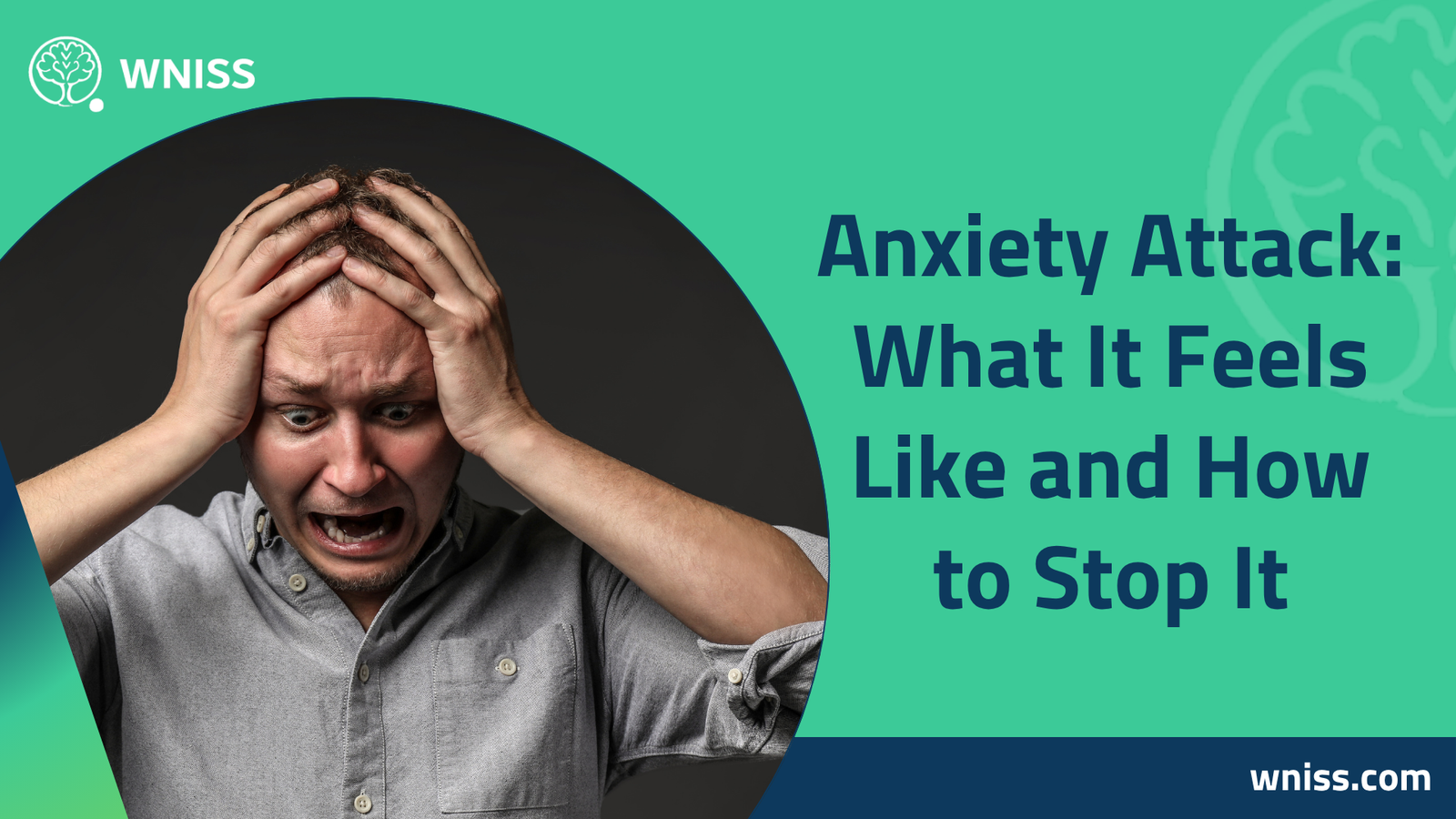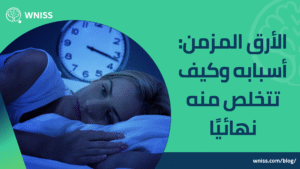When discussing the complexities of mental health, one cannot overlook the impact of an anxiety attack, which often strikes without warning, leaving individuals overwhelmed and disoriented. But what exactly is an attack? In essence, it refers to a sudden episode of intense fear or apprehension, typically accompanied by a variety of physical and emotional symptoms. Although anxiety attack and panic attack are often used interchangeably in casual conversation, medical professionals recognize subtle distinctions between them, which will be elaborated upon in this comprehensive guide.
The experience of an anxiety attack differs greatly from everyday feelings of nervousness. It is not a simple case of worry over an upcoming exam or an important work presentation. Instead, it is an overwhelming and incapacitating reaction that can manifest both mentally and physically. Many individuals describe it as feeling trapped within their own body, with racing thoughts, physical discomfort, and a sensation of losing control completely dominating the experience.
Moreover, identifying the early signs and learning how to manage an attack effectively can transform the quality of life for those who suffer from such episodes. It’s also critical to understand that dealing with anxiety attack issues requires not only immediate calming strategies but also a long-term, structured approach that addresses the root causes of these episodes.
Unlike generalized anxiety that builds slowly, an anxiety attack can escalate rapidly, causing heart-pounding fear, shallow breathing, muscle tension, dizziness, and even chest pain, which often mimics the symptoms of a cardiac event. Therefore, timely recognition and intervention are essential to prevent long-term physical and psychological damage.
Anxiety Attack vs Panic Attack: Similarities and Differences
A common source of confusion lies in the comparison of anxiety attack vs panic attack. While both involve intense fear and similar physical symptoms, the two are clinically distinct in certain ways.
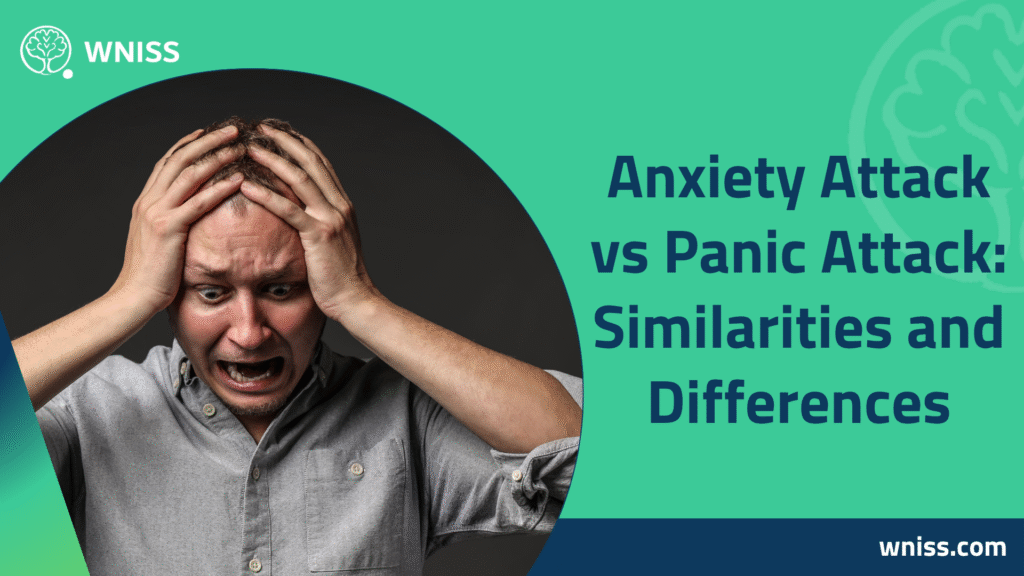
An anxiety attack typically arises as a response to a perceived threat or overwhelming stressor. It tends to build gradually and may be linked to ongoing worries about personal health, work, or relationships. It is often rooted in the anticipation of a negative outcome and can last longer than a panic attack.
By contrast, a panic attack is characterized by a sudden onset of terror without a clear trigger, leading to abrupt and severe physical symptoms like hyperventilation, trembling, and heart palpitations. Importantly, while a panic attack may appear without warning, an anxiety attack usually develops in response to cumulative stress factors.
Understanding the distinction between anxiety attack vs panic attack is critical because treatment strategies may differ slightly. Nevertheless, both conditions share enough commonalities that learning how to manage either condition can improve overall mental well-being.
Exploring the Role of Gad Disorder and Its Connection to Anxiety Attacks
When evaluating the root causes of recurring anxiety attack episodes, it is essential to examine Gad disorder (Generalized Anxiety Disorder). This chronic mental health condition causes persistent worry and fear about a variety of everyday matters, setting the stage for acute anxiety attack episodes.
People suffering from Gad disorder are particularly vulnerable to anxiety attack incidents because their minds are in a constant state of heightened alert. Even minor stressors can act as triggers. Over time, this chronic state of tension exhausts emotional resources, making the body more susceptible to the acute physiological responses that characterize an anxiety attack.
Managing Gad disorder effectively, through therapy, medication, and lifestyle changes, can significantly reduce the frequency and intensity of anxiety attack episodes. This connection illustrates the importance of addressing underlying conditions rather than focusing solely on symptom relief.
Recognizing the Symptoms and Triggers of an Anxiety Attack
Identifying the symptoms of an anxiety attack early is crucial for implementing effective coping strategies. Symptoms can be both physical and emotional, and often vary in intensity from one episode to another. Common symptoms include:
- Rapid heartbeat and chest tightness
- Excessive sweating, even in cool environments
- Shaking or trembling
- Dizziness or lightheadedness
- Shortness of breath or hyperventilation
- Intense feelings of dread or doom
- Nausea and gastrointestinal discomfort
- Numbness or tingling sensations in the extremities
- Difficulty concentrating or racing thoughts
Just as important as recognizing symptoms is understanding potential triggers. These can include personal conflicts, work-related stress, overwhelming responsibilities, financial concerns, and even specific phobias. In many cases, the fear of having another anxiety attack can itself act as a trigger, leading to a vicious cycle of anticipatory anxiety.
Physical Manifestations and the Overlap with Depression
It’s important to address the physical symptoms associated with an anxiety attack, as many individuals confuse these sensations with life-threatening conditions such as heart attacks. Muscle tension, chest pain, and difficulty breathing are not uncommon, leading to repeated emergency room visits for individuals unaware that their discomfort is psychological in origin.
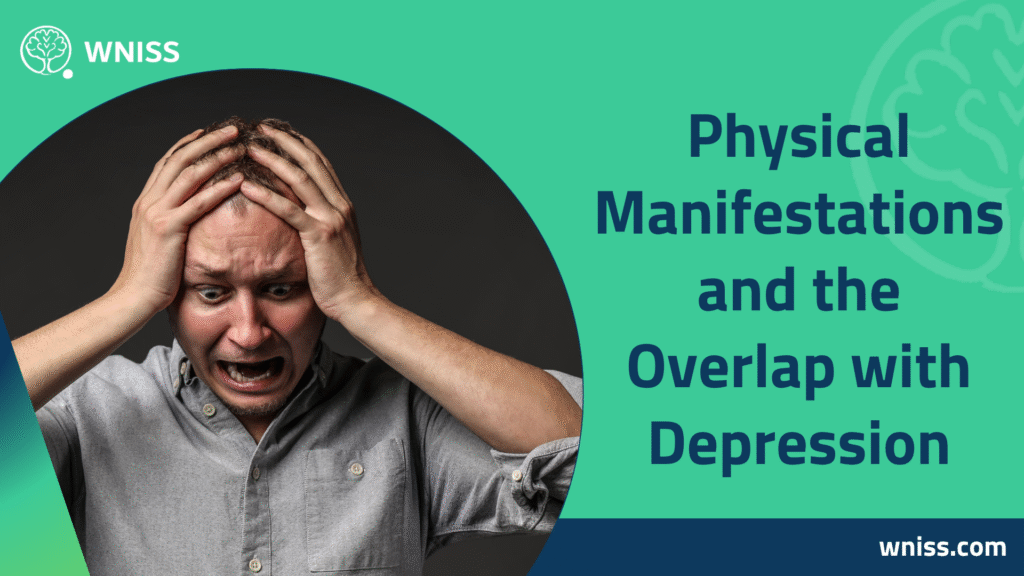
Additionally, many people experiencing chronic anxiety also suffer from depression. While anxiety and depression are distinct mental health disorders, they frequently coexist and exacerbate each other’s symptoms. Feelings of hopelessness, lack of motivation, and pervasive sadness associated with depression can heighten susceptibility to anxiety attack episodes.
Recognizing this overlap is crucial, as treating depression concurrently with anxiety can dramatically improve overall outcomes.
Strategies for Dealing with Anxiety Attack Incidents in the Moment
When experiencing an acute anxiety attack, it is easy to feel powerless. However, there are several effective strategies for dealing with anxiety attack episodes in real-time:
- Deep Breathing Exercises: Focusing on slow, deliberate breaths can help regulate your heart rate and reduce hyperventilation.
- Grounding Techniques: Techniques such as the 5-4-3-2-1 sensory exercise help anchor the mind to the present moment.
- Muscle Relaxation: Progressively tensing and relaxing muscles can reduce physical tension.
- Positive Self-Talk: Reassuring yourself that you are not in physical danger can help mitigate panic.
- Safe Environment: Moving to a quiet, comfortable location can reduce sensory overload.
These immediate responses can dramatically reduce the severity and duration of an anxiety attack, allowing sufferers to regain a sense of control.
Long-Term Approaches for Treatment of Panic Attack and Anxiety Episodes
While in-the-moment strategies are invaluable, lasting relief often requires comprehensive, long-term interventions. Treatment of panic attack and anxiety attacks generally involves a combination of therapeutic, medical, and lifestyle modifications, including:
- Cognitive Behavioral Therapy (CBT): This therapeutic approach helps individuals identify negative thought patterns and replace them with more constructive perspectives.
- Medication: SSRIs, benzodiazepines, and beta-blockers may be prescribed to manage severe symptoms.
- Mindfulness-Based Stress Reduction (MBSR): Techniques focusing on present-moment awareness help reduce general anxiety levels.
- Regular Exercise: Physical activity enhances endorphin production, which naturally combats anxiety and depression.
- Dietary Changes: Reducing stimulants such as caffeine and sugar can lower general anxiety levels.
By combining these methods, individuals can reduce the frequency of acute episodes and reclaim a sense of emotional stability over time.
How to Cope Anxiety in Daily Life
Apart from clinical interventions, learning how to cope anxiety in daily life plays a significant role in overall well-being. Preventative strategies include:
- Structured Routines: Consistent schedules reduce uncertainty and associated stress.
- Healthy Sleep Habits: Ensuring adequate rest is vital for emotional regulation.
- Journaling: Writing about anxious thoughts can help process emotions and identify patterns.
- Social Support: Maintaining close relationships provides emotional security and reduces isolation.
- Limiting News Consumption: Reducing exposure to negative media content can lower anxiety levels.
Through these day-to-day practices, individuals can manage their anxiety proactively, reducing the risk of acute anxiety attack episodes.
FAQs About Anxiety Attacks
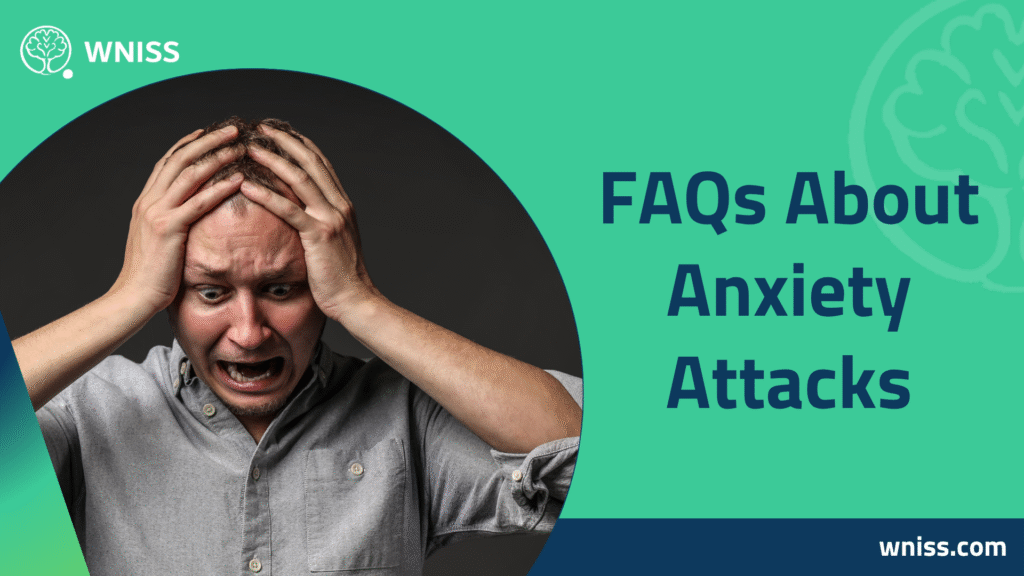
How do anxiety attacks feel like?
An anxiety attack feels like an overwhelming rush of fear and helplessness, accompanied by physical symptoms such as a racing heart, sweating, shortness of breath, and dizziness. Emotionally, it can feel like losing control or facing an imminent disaster, even when no real threat exists.
What are 5 signs you have anxiety?
Five common signs that you may have anxiety include:
- Persistent and excessive worrying about various aspects of daily life.
- Restlessness and inability to relax.
- Rapid heartbeat and shortness of breath.
- Difficulty concentrating due to racing thoughts.
- Avoidance behaviors, such as steering clear of social situations or stress-inducing environments.
How to cope with an anxiety attack?
To cope with an anxiety attack, focus on grounding techniques such as deep breathing and sensory awareness exercises. Remind yourself that the episode will pass and that you are not in physical danger. Find a quiet space, practice muscle relaxation, and engage in positive self-talk to help calm your nervous system.
What is the 3-3-3 rule for anxiety attacks?
The 3-3-3 rule for anxiety attacks is a grounding exercise designed to reduce acute anxiety:
- Look around and name three things you can see.
- Listen carefully and name three sounds you can hear.
- Move three parts of your body (such as your fingers, arms, or legs).
This simple technique helps redirect attention from overwhelming thoughts back to your immediate surroundings, reducing panic.
How to calm down anxiety?
Calming anxiety involves both physical and psychological techniques. Deep breathing exercises, progressive muscle relaxation, visualization of peaceful scenes, mindfulness meditation, and talking to a supportive friend can all help reduce anxiety levels significantly during moments of distress.
How long do anxiety attacks last?
Typically, an anxiety attack peaks within 10 minutes and subsides within 30 minutes. However, residual feelings of unease or exhaustion may linger for hours. The duration varies depending on the severity of the episode and how quickly effective coping strategies are employed.
In conclusion, understanding what an anxiety attack is, recognizing its symptoms, distinguishing it from a panic attack, and learning how to manage both acute episodes and chronic conditions such as Gad disorder is essential for anyone navigating the complex world of mental health. By acknowledging the overlap with conditions like depression, exploring long-term treatment of panic attack strategies, and mastering techniques to cope anxiety daily, individuals can reclaim control over their emotional and physical well-being. Ultimately, seeking professional guidance combined with self-care strategies empowers individuals to stop anxiety attacks before they dominate their lives, enabling a healthier, more balanced future.

